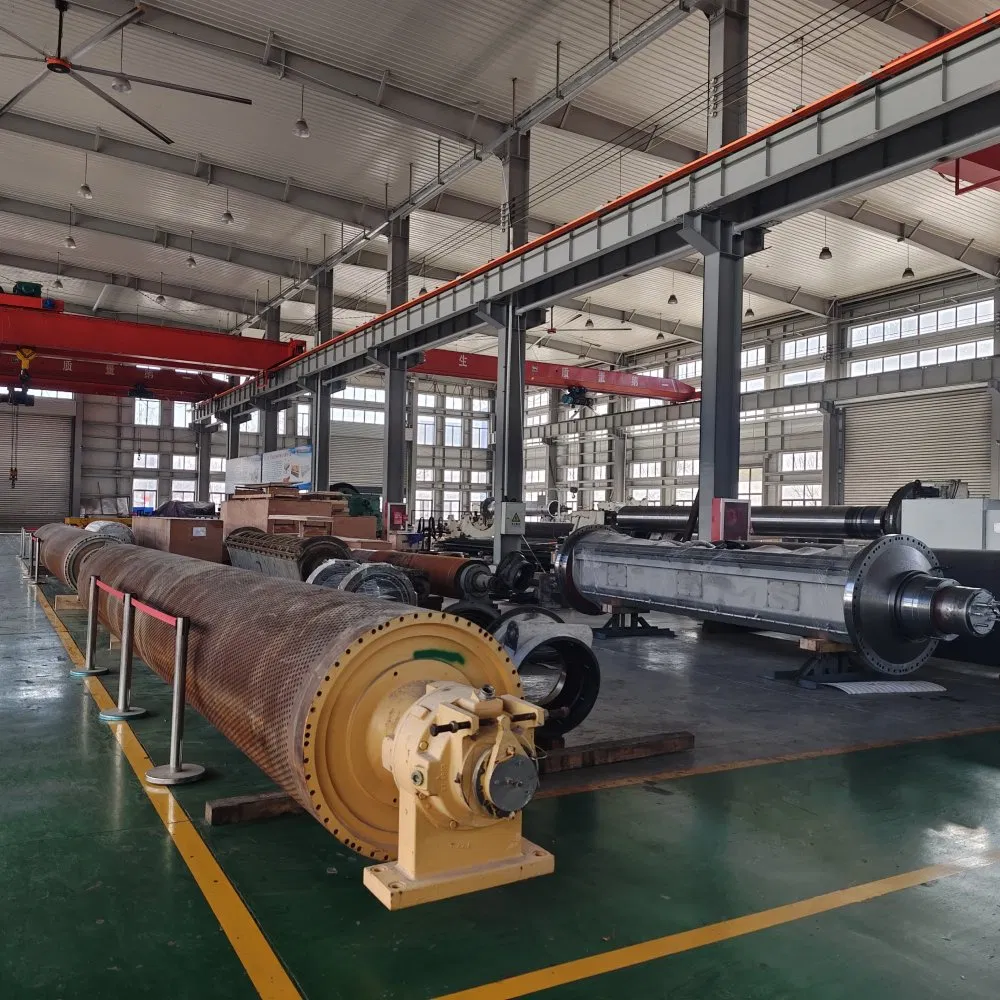Introduction
Paper machine rolls play a crucial role in the papermaking process, and their installation and commissioning require careful planning and execution. In this article, we will discuss the key steps involved in the installation and commissioning of paper machine rolls.
Preparation and Installation
Before installing the rolls, it is essential to inspect them for any defects, clean them thoroughly, and apply any necessary coatings or treatments. There are various methods for installing the rolls, including manual installation, hydraulic installation, and crane installation. Once the rolls are installed, they must be carefully aligned and balanced to ensure proper operation.
Alignment and Balancing
Alignment involves adjusting the rolls to ensure that they are running parallel to each other and that there is no excessive vibration or wobbling. Balancing the rolls is critical to prevent excessive wear and tear on the bearings and other components. This process involves using specialized equipment to measure the rolls' weight distribution and adjusting them as necessary to achieve proper balance.
Commissioning and Testing
After the rolls are aligned and balanced, they can be commissioned and tested. This involves running the paper machine at low speeds to ensure that the rolls are functioning properly and that there are no leaks or other issues. The rolls must also be tested for stability and accuracy, and any necessary adjustments must be made to ensure optimal performance.
Maintenance and Troubleshooting
Regular maintenance is critical to ensure that the rolls continue to function properly. This involves inspecting the rolls for wear and tear, lubricating the bearings and other components, and replacing any damaged parts. If any issues arise, they must be addressed quickly to prevent further damage and minimize downtime. Some common issues that may arise include bearing failure, leaks, and excessive vibration.
Conclusion
Proper installation and commissioning of paper machine rolls are essential for optimal performance and minimizing downtime. By following the key steps outlined in this article, you can ensure that your rolls are installed and commissioned correctly, and that they continue to function properly for years to come. Regular maintenance and troubleshooting can also help to identify and address any issues before they become major problems.



